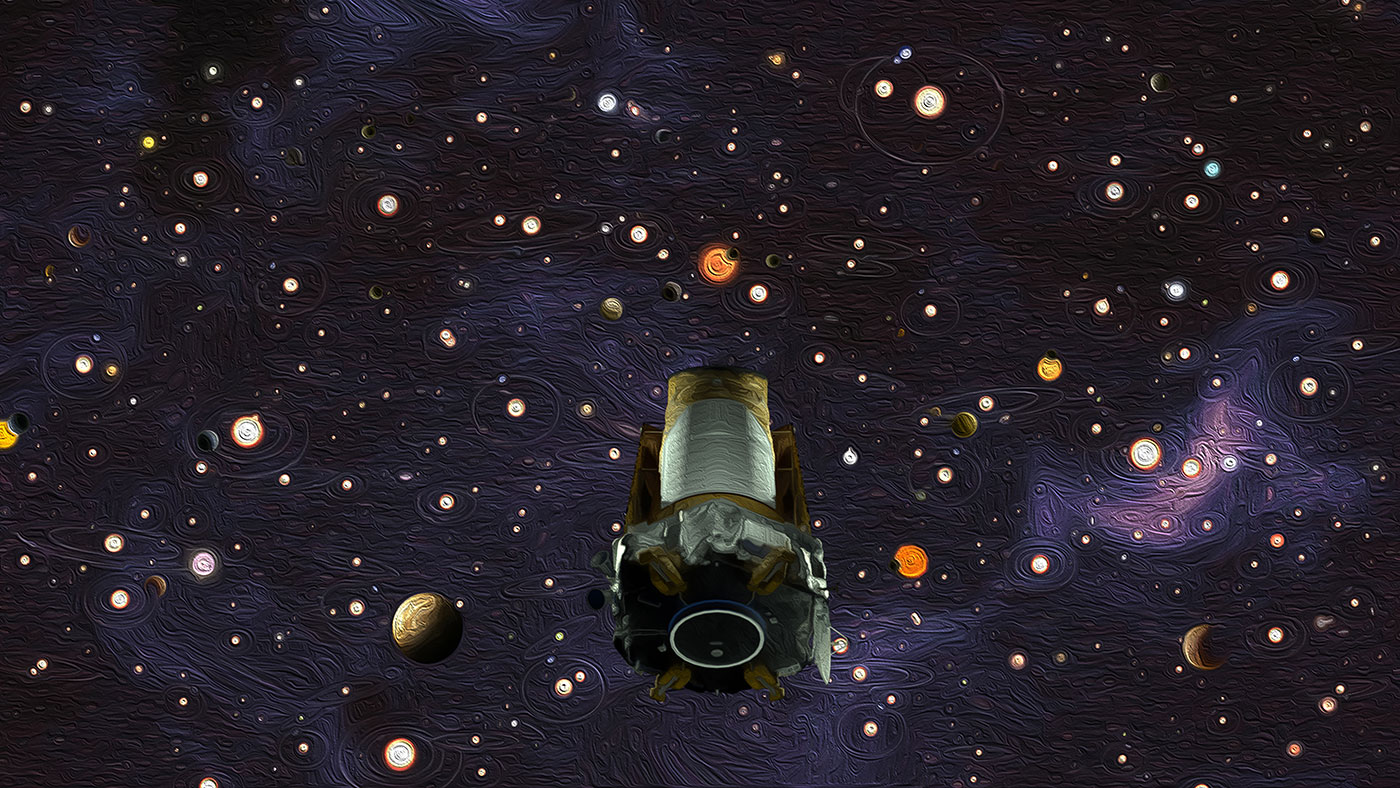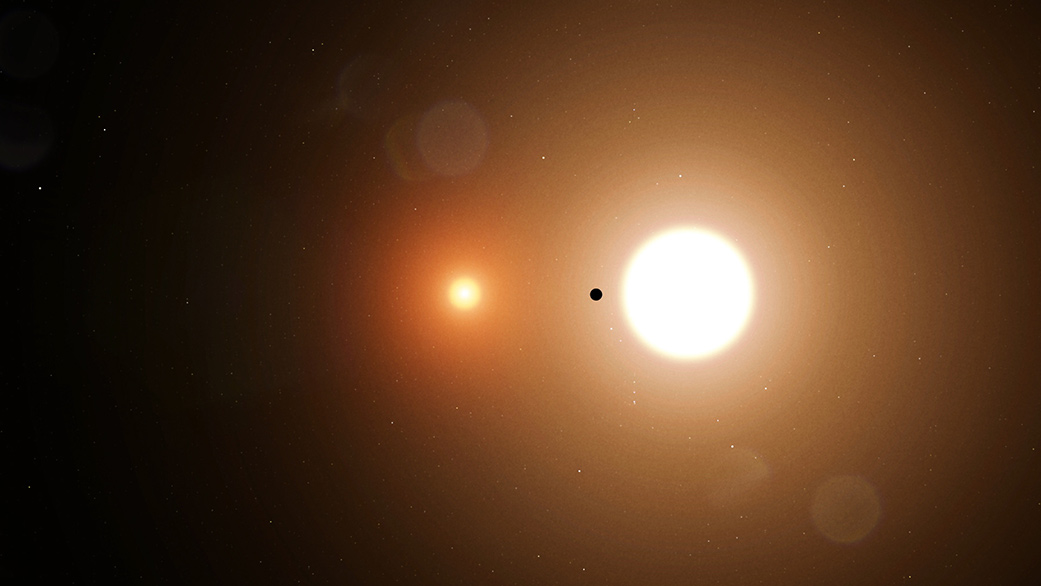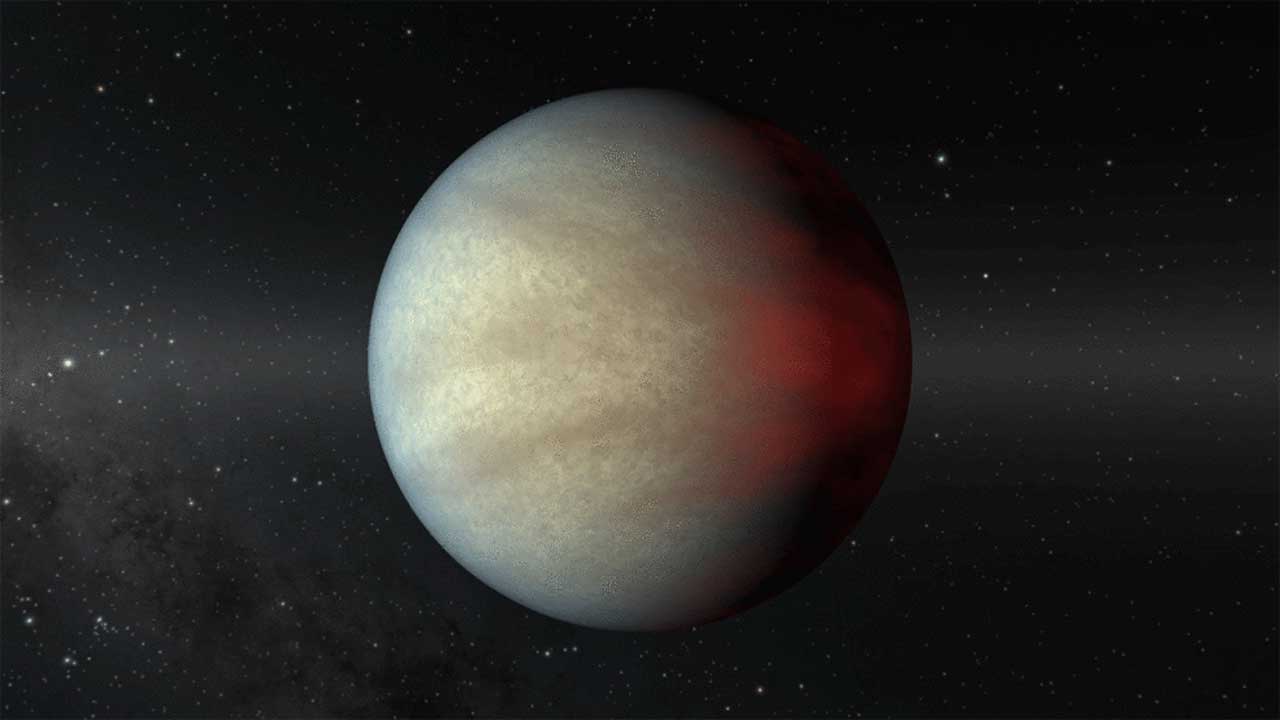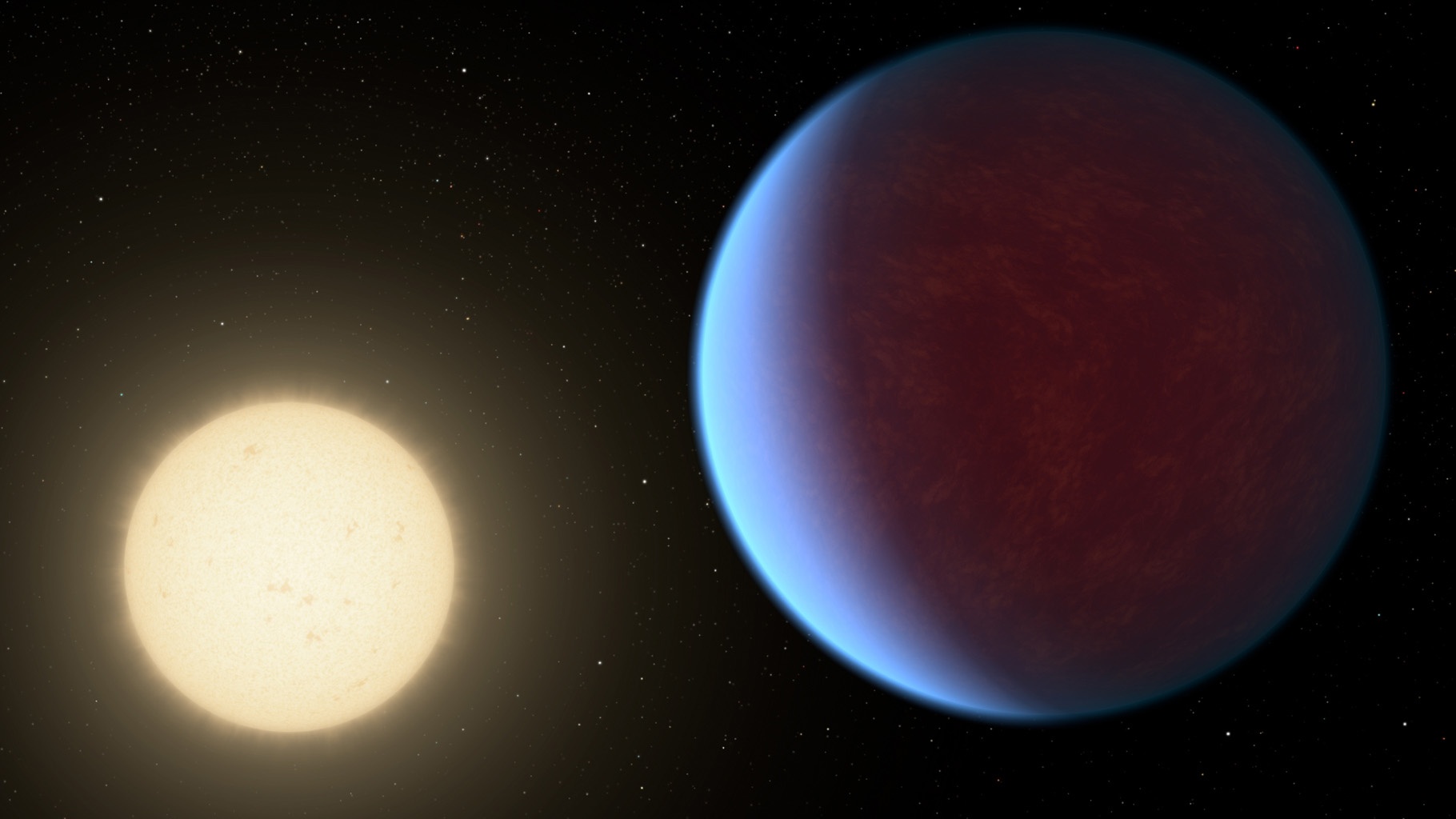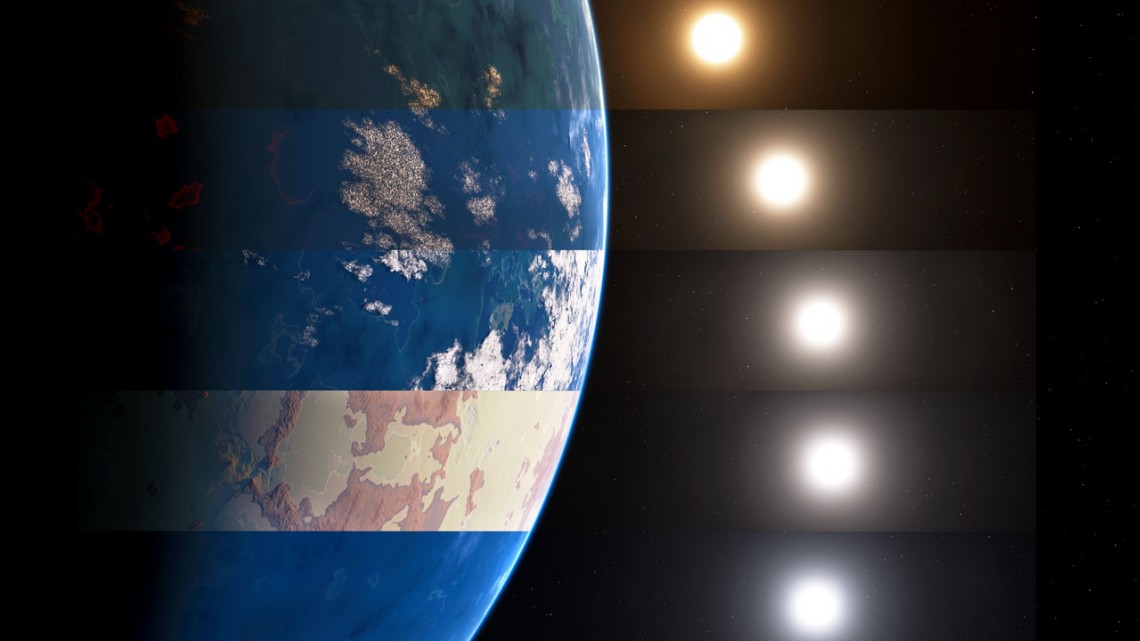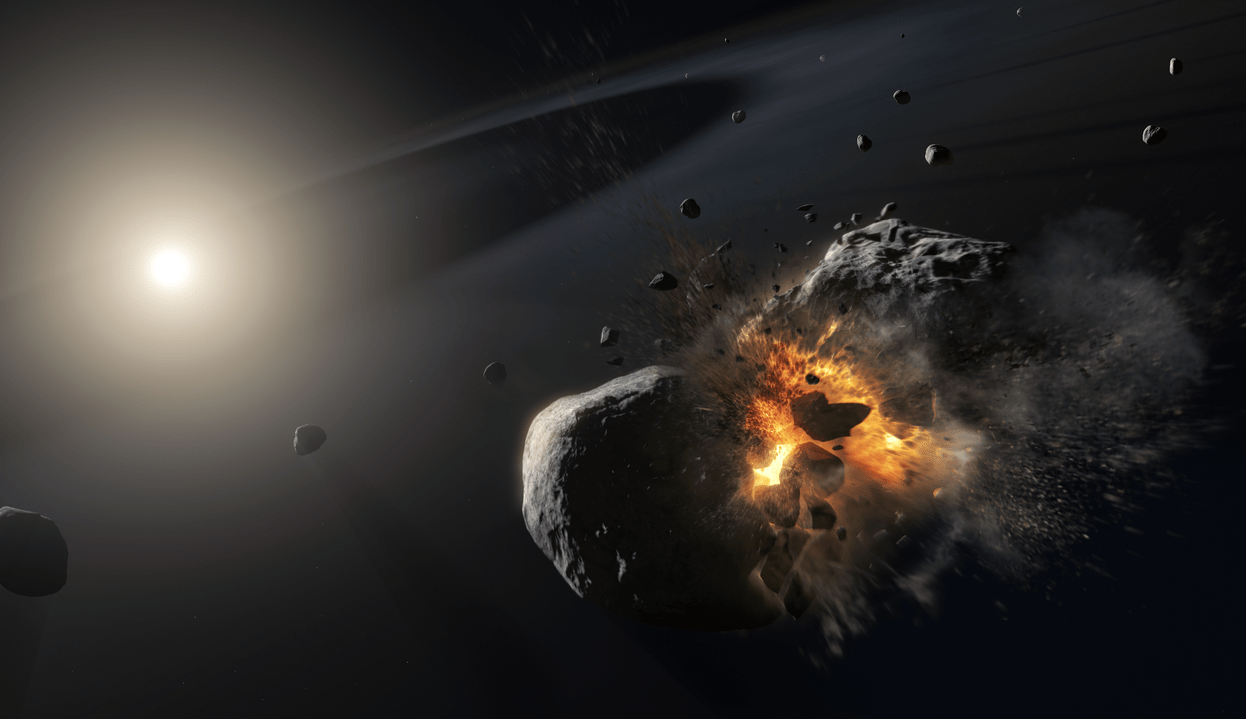To date, astronomers have confirmed the existence of 4,301 extrasolar planets in 3,192 star systems, with another 5,650 candidates awaiting confirmation. In the coming years, next-generation telescopes will allow astronomers to directly observe many of these exoplanets and place tighter constraints on their potential habitability. In time, this could lead to the discovery of life beyond our Solar System!
The only problem is, finding evidence of life requires that we know what to look for. According to a new study by an interdisciplinary team of scientists from the University of California Santa Cruz (UCSC), radioactive elements might play a role in planetary habitability. Future studies of rocky exoplanets, they argue, should therefore look for specific isotopes that indicate the presence of long-lived elements like thorium and uranium.
Continue reading “What Role do Radioactive Elements Play in a Planet’s Habitability?”

